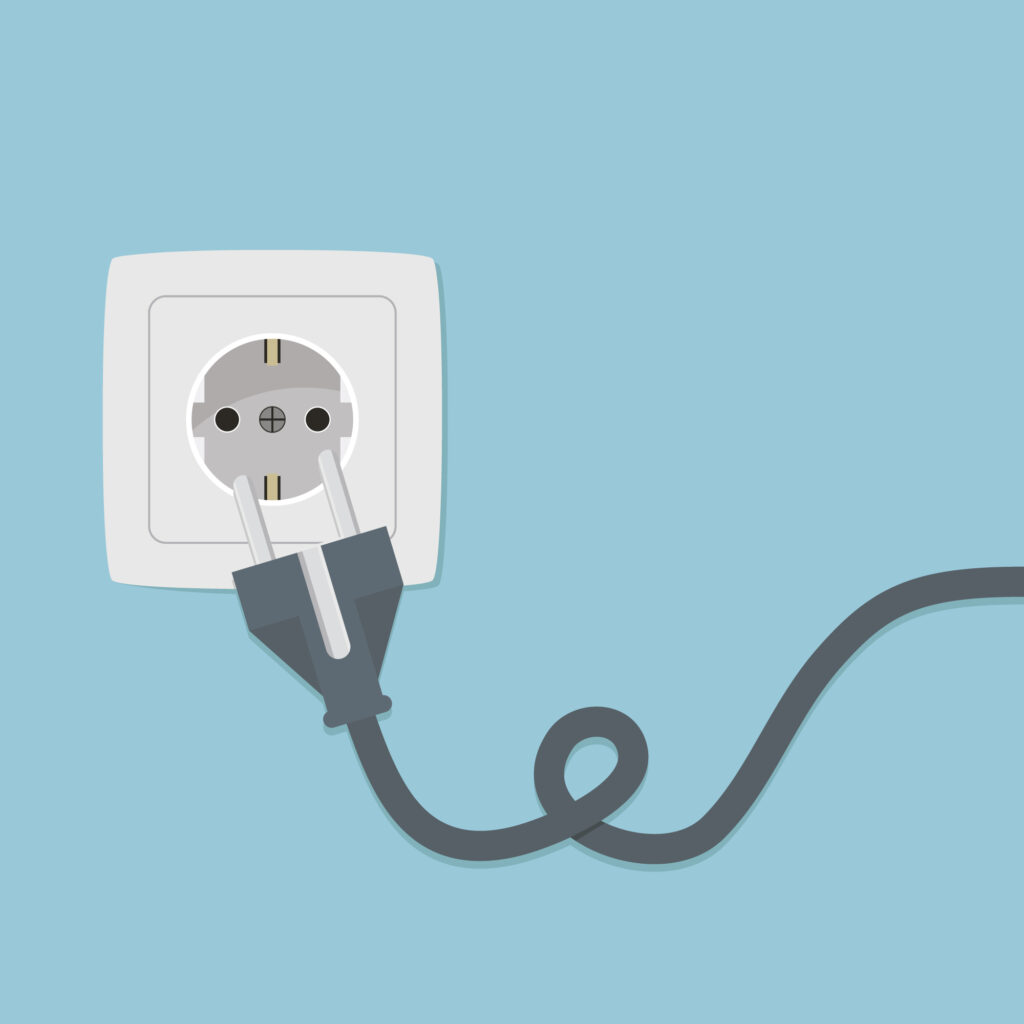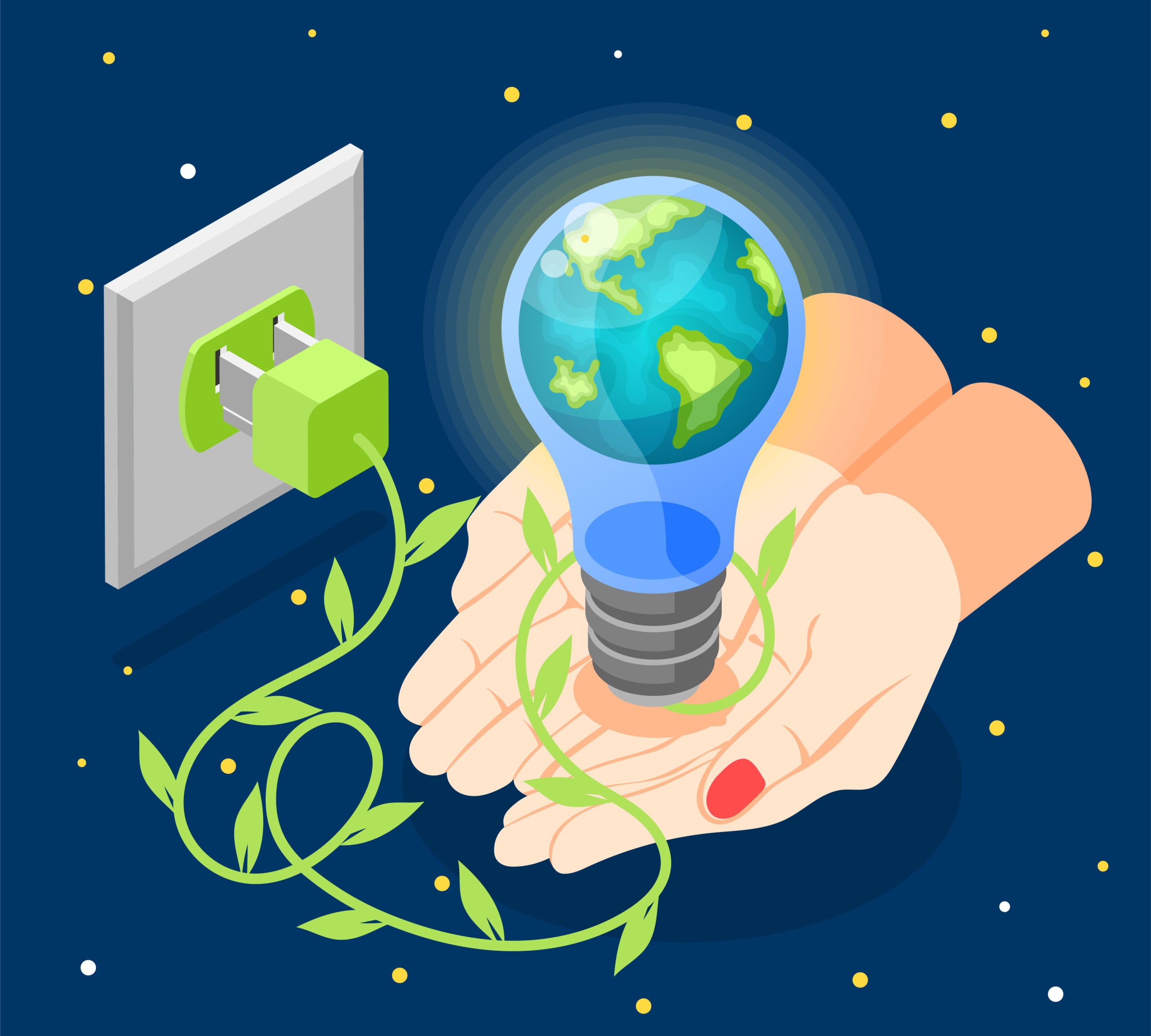15 Ways To Save Electricity At Home Are your utility bills draining the life out of your budget? Don’t worry, you are not alone. Rising energy costs and varying weather conditions have led many families to get efficient with their spending on utilities and electricity. The good news? Cutting back does not necessarily have to be hard. In fact, making minor changes around the household will bring substantial dividends on your end.
Today we will guide you through 15 simple and practical methods for conserving electricity in the household and reducing overall household energy costs. Homeowner or renter, these ideas will help take control of your budget right away.
🔌 1.Replace with LED light bulbs.
Replacing incandescent light bulbs with efficient LED light bulbs lowers your lighting energy usage by up to 75%. LED light bulbs last longer and consume less energy—a double bonus for your wallet and for the environment.
🌡️ 2. Program Your Thermostat
A programmable thermostat adjusts your home’s temperature when you’re not present or when sleeping and avoids unnecessary heating and cooling costs. Set and forget—a simple action that will save up to $180 a year.

🧺 3. Use Cold Water for Washing Clothes
Cold washing your clothes uses up to 90% less energy than hot washing. New detergents clean clothes effectively without using hot water, conserving energy.
🚿 4. Install Low-Flow Showerheads
Heating your water contributes a big portion of your electricity bill. Showerheads with low flow reduce the amount of water consumed without a change in the shower force—while simultaneously reducing electricity and water bills.
🛏️ 5. Switch Off Devices When Not in Use
Electronic products like coffee makers, chargers, and TVs use electricity when they are not in operation. So-called “energy vampires” likely are costing you hundreds annually. Turn off a few of these products with a power strip to stop the phantom electricity usage.
❄️ 6. Use Ceiling Fans Effectively
Ceiling fans require much less electricity than air conditioners. Use them during the summer season in the counterclockwise direction in order to cool the room. Use them clockwise in winter on low speed for circulating warm air.

🚪 7. Seal Drafts Around Windows and Doors
Air leakage wastes energy and requires your HVAC to do more work. Seal gaps with caulk or weather stripping. This simple do-it-yourself task will reduce homeowners’ energy bills.
🧼 8. Fill Washing Machine and Dishwasher Loads to Their Full Capacity
It only wastes electricity and water on half-loads. Do full loads only for maximum energy efficiency and not squander energy on every cycle.
How to create budget for beginners guide
🖥️ 9. Activate Power-Saving Settings on Devices
Most PCs, TVs, and smart devices contain energy-saving features. Activate them in order to reduce the consumption of energy when these devices are not in use.
🏠 10. Add More Insulation to Your Attic and Walls
Poorly insulated houses lose energy in winter and gain energy in summer, which results in more energy consumption. Sufficient insulation keeps the indoor temperature of your home constant and minimizes heating and cooling expenditures.

🍳 11. Prepare with Efficient Appliances
Whenever possible, make use of microwave ovens, slow cookers, and toaster ovens. All of these are less energy- and heat-generating than your regular oven.
☀️ 12. Take Advantage of Natural Light
Leave the blinds open when the sun shines. This will lightly light up your space and reduce artificial light requirements.
Here additional information about how to save electricity
💻 13. Use Smart Power Strips
These intelligent power strips cut off the electricity for idle equipment. This is a smarter method for controlling energy consumption, especially for entertainment and home office environments.

🧊 14. Defrost Your Freezer Periodically
A freezer with frost will work harder and will require more electricity. Defrosting from time to time will keep it efficient and fresh.
🕓 15. Time-of-Use Awareness
If your electricity provider charges you more for peak-hour consumption, wash dishes, clothes, and other energy-sucking tasks during off-peak hours in an attempt to cut down on your electricity bill.
